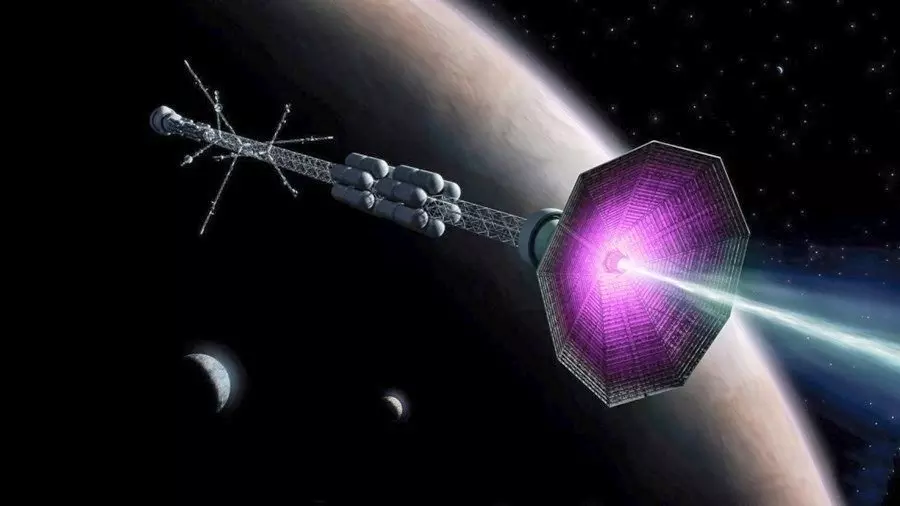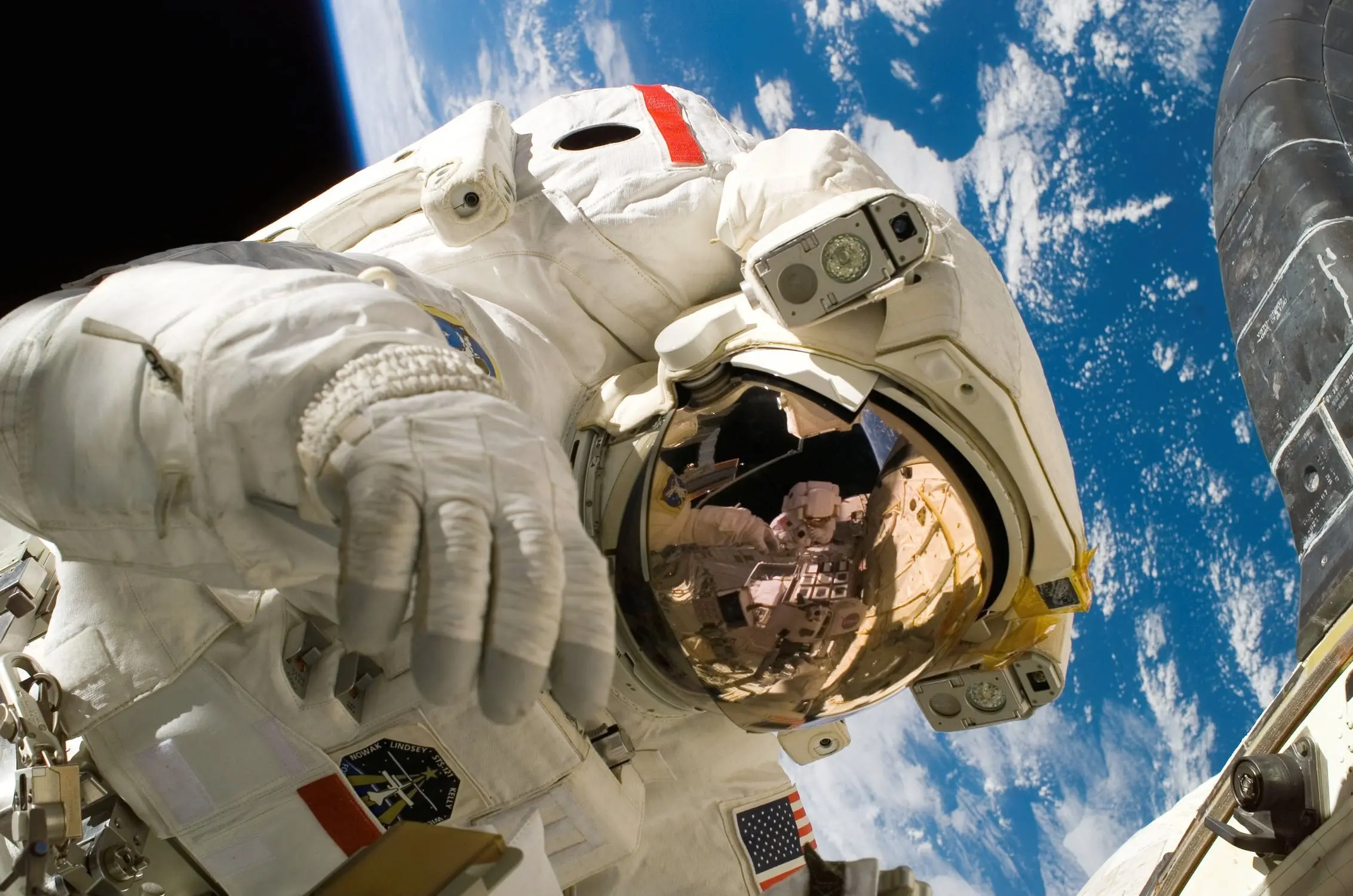While NASA’s next destination might be the moon, the human race as a whole is dreaming a little bigger and planning the first crewed trip to the red planet, Mars.
Making the trip to the Martian surface is a bit more challenging than flying up to the International Space Station or even the moon. What will it take to get astronauts to Mars, and how can small fusion rockets make that trip even faster?
Travelling to Mars and Beyond on Existing Technology
Reaching Mars is a lot different than taking a trip to the moon. Both planets orbit the sun at varying distances, and the closest they’ll ever be to one another is 33.9 million miles. On average, Mars and Earth are around 140 million miles apart. It’s a trip that, with current technology, takes anywhere from 128 to 333 days.
This means, depending on when a Mars mission launches, astronauts could potentially be spending almost a year in cramped quarters and microgravity. Both of these have detrimental effects on human physical and mental health.
Heat and cold are also a concern because these astronauts won’t have an atmosphere protecting them. The spacecraft itself is equipped with water heat pipes that can operate at temperatures up to 150 degrees Celsius, but keeping space travellers safe and comfortable is a little more challenging.
These potential negatives haven’t deterred humanity from reaching for the stars, but aerospace engineers are looking for ways to make the trip a little bit shorter.
Introducing the Direct Fusion Drive

Right now, fusion drives are enormous and designed to eventually generate hundreds of megawatts of power. Once they’re perfected, they could potentially provide nearly limitless clean energy to homes and businesses around the world. But they’re much too large to attach to the back of a spacecraft. That’s why engineers and scientists contracted by NASA are working on something a little smaller.
The Direct Fusion Drive, or DFD, will hopefully get off the ground in 2028 — around the same time astronauts may be looking for ways to travel to Mars.
Instead of being a massive power plant, these fusion drives will be the size of a minivan, capable of hauling a 22,000 spacecraft all the way to Saturn in just two years.
For comparison, the Cassini spacecraft launched in 1997 took 6.75 years to reach the ringed gas giant. It could potentially cut the trip to Mars in half, reducing the detrimental effects of extended time in microgravity as well as reducing in-transit radiation exposure.
How Fusion Engines Work
What is fusion, and how can astronauts use it to travel the solar system?
Traditional nuclear power is generated by a fission reaction. The act of splitting the atom releases enormous amounts of energy, but it also releases dangerous radiation.
Fusion, on the other hand, combines two atoms together, forcing a bond that releases energy without any of the radioactive fallout of fission. The challenge is to create a stable, perpetual reaction that allows us to generate power and thrust to move a spacecraft across the Cosmos.
Engineers measure the fuel efficiency of a rocket by its specific impulse, which is essentially the miles per gallon of a rocket. They look at the units of thrust and compare it to the units of fuel consumed.
Right now, a chemical rocket like the ones used by NASA and SpaceX to reach the ISS can generate thrust for 450 seconds using one pound of fuel. A fusion engine, using the same amount of fuel, can generate thrust for a whopping 130,000 seconds.
Another challenge engineers face when entertaining the prospect of sending astronauts far out into the Cosmos is the problem of fuel. Chemical rockets use a finite fuel source, and while they can supplement some systems with batteries and solar power, that isn’t enough for high-thrust manoeuvres or landings on alien worlds.
Fusion rockets will use hydrogen as their fuel, which is one of the most abundant elements in the universe. That means these rockets will be able to refuel themselves in flight by dipping down into an atmosphere and scooping up some hydrogen.
Finally Reaching the Martian Surface

It will still be quite some time before astronauts land on the Martian surface and plant a flag. The plans, as they stand right now, include trips to the moon’s southern polar region and the establishment of a lunar base named Gateway to act as a launching point for forrays farther out into the solar system.
If the DFD succeeds in its projections and becomes a viable option by 2028, it could very well become the platform that launches the human race out into the stars.
Cutting down the time it takes to reach Mars, the asteroid belt, and the outer planets makes them all more accessible. When travel is faster, and astronauts spend less time in transit, they can spend more time exploring these alien worlds and discovering all the secrets they might hide.





Leave your comments
Post comment as a guest